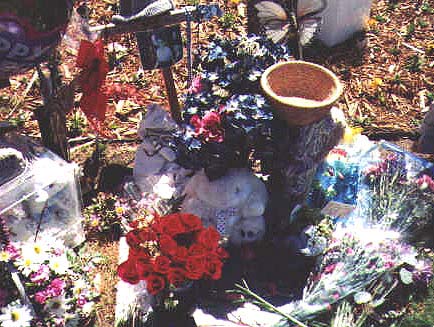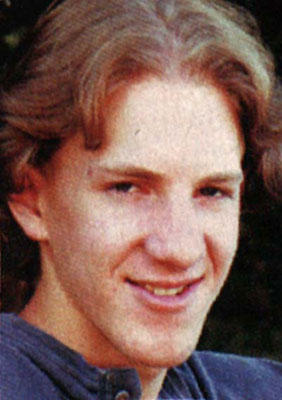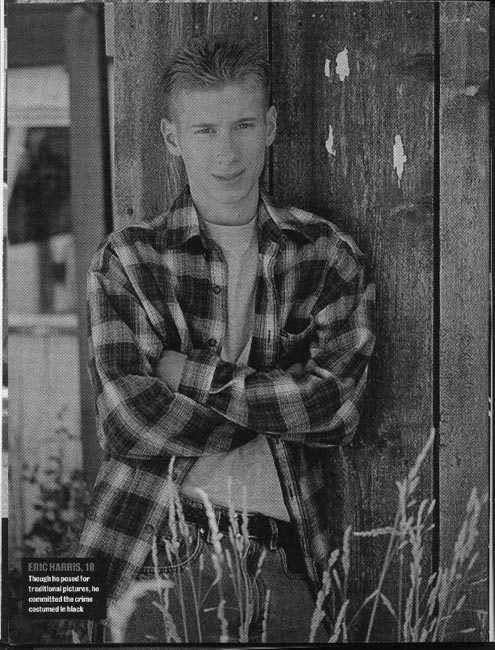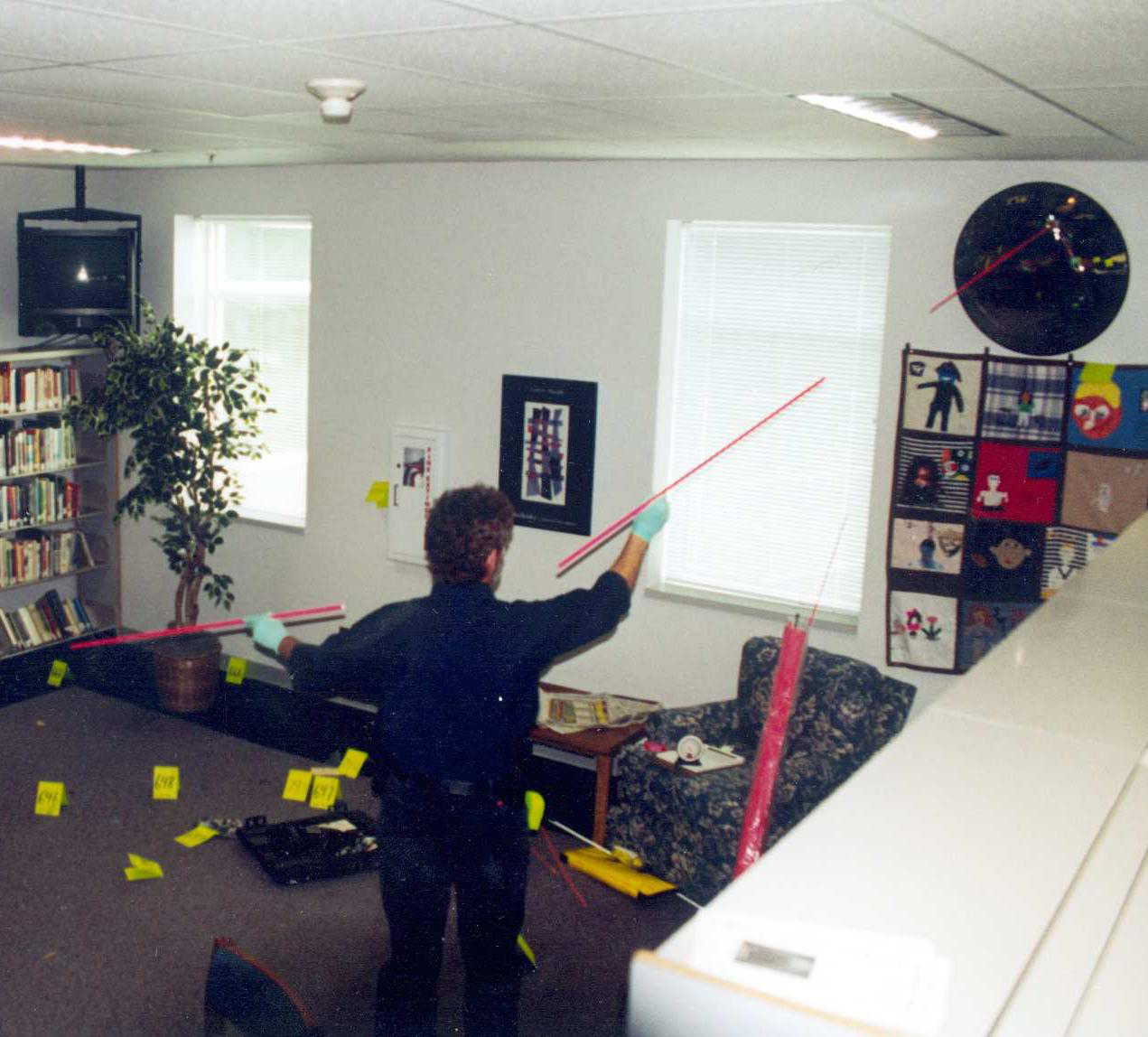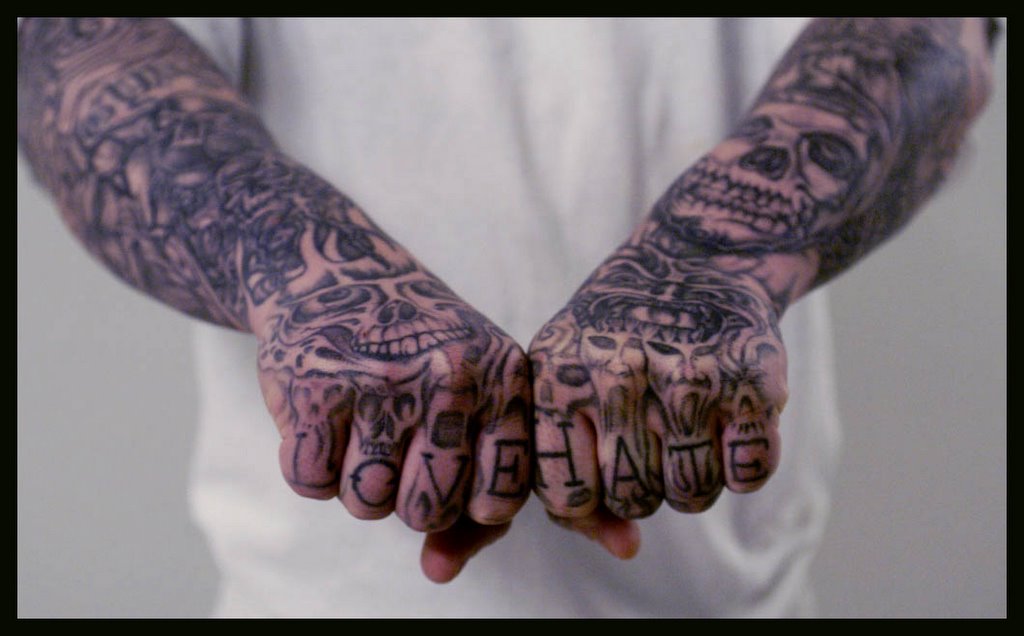 |
| Cover of the film |
1) What struck you most in the film?
At first sight, what struck me the most in the film, was the way it was shot. I found it exceedingly slow, with very long scenes where the characters were taken from behind. I am convinced that if you had to show this movie to an unsuspecting viewer while omitting scenes of violence he or she might think it was a simple documentary about the life of american teenagers. I also think it is a movie that needs a lot of explanations to be fully understood. More particullary the scene that struck me the most is the one in which the afro american boy with the yellow shirt begins to walk along the corridors wich are full of corpses and fires, but he continues to walk as if nothing was going wrong. Moreover he faces one of the killers but he continues his walk, so obviously the boy is also killed. This scene struck me because I really don't understand why the director had to show this cruelty.
2) What also impressed you?
Something that impressed me was the fact that the film it is not a drama, neither a documentary, and it is obviously not a terror movie. It is just a meditation about the tragedy. This struck me because I did not expect it. In addition to this, one of the things that impressed me the most in the film is concerning the characters, the way in which they are portrayed. Although the movie is filmmed like a documentary to be more realistic, the teenagers are stereotyped like in a typical american movie; with the popular ones and the geeks. Furthemore, the film tries to be realistic but in my opinion it gives very little information about the shooters and why they did it what they did. In short, I was impressed by the main charaters, the one who was the artist and 'the angel'. I really didn't see the point of this characters in the film, they are like extras but the action mostly evolves around them.
3) Did you find anything more particularly upsetting?
First of all, what I found extremelly dreary was the fact that the film is based on the real Columbine High School Massacre events and this makes me think about the purpose of the director to make this movie. I do not see the point of creating a film about such a tragic affair and something that disturbs me is the fact that the director has changed some details when one of the killers shoots to death the other or when the director builds up a story saying that the killers were gay. I think that the film inevitably plays with morbid fascination about something that is really sad, and if I belonged to the victims family I would not have liked to see a film about that awful event.
4) What did you find very disturbing?
Something that impressed me a lot and that I found disturbing is the fact that the film shows how easy is for teenagers to obtain a gun. The shooters just ordered the guns in a website and a few days later they received them at home. This is also related to the idea that these boys are not controlled by their parents and this may be the reason why they did not realize the heaviness of their acts. The feeling of being misunderstood, the loneliness and the lack of control and communication by adults led them to do such a dreadful thing.
5) What was most shocking?
In my opinion what is the most shocking in the film is the way in which violence is represented. I found the violence scenes obscenely cruel in its randomness and what impressed me the most was the fact that this scenes are shown without any background music as if you were living the tragedy. I found that in the movie, Van Sant simply follows a number of students and teachers as they arrive at the school and go about their daily routines and then some of them are intersected by the killers and many of those die. Ohters escaped for no particular reason. You just don't see coming this violence and therefore you are shocked.
Although I was shocked by the violence scenes, I think they are necessary to understand what really happened at the Columbine High School.
6) What does the film suggest about the two school shooters?
In the film the school shooters are represented as two misunderstood teenagers even if one of them seems to have mental problems. My feeling is that Van Sant wants to show that the loneliness, the fact of been misunderstood and the lack of attention ends having teenagers with revenge feelings. An important scene that shows this is when we are taken to the killers home. There, things like the internet, the violent videogames, the absent parents, the repressed sexuality and the example on the tv of the nazism values make conditions suitable for the atrocity they go for.
To sum up, I personally think that the director wants to say that they are not entirely guilt because their environnement was the suitable one for them to make this ke this atrocity.
7) What's more, what does the film director make clear about the two killers?
On the one hand we can say that it is obvious that the film director wants to make clear that the two killers were not completely guilty about what they did. He shows them like normal teenagers with musical skills, and a passion for videogames not as killers or monsters. But their environnement and especially the fact that they have not been controlled by their parents or teachers, leads them to do such a terrible thing. On the other hand we can insist on the fact that Alex seems to have mental problems and it is him whocommands the operation. If we interpret it like this, Eric is nothing more than a violent teen who just looks for attention.
8) What kind of approach to the school shooting itself did Gus Van Sant opt for?
In my opinion, Gus Van Sant with this film just wants to give a realistic view of the event. One thing that Van Sant refuses to do is try to 'explain' why the killers act as they do. He's know that there is no single explanation for sucha behaviour, that arises from a variety of sources and that is primarily the product of a general feeling of alienation in modern society. That is why he did not want to show the killers as guilties, he wanted to show them as misunderstood teenagers. I think that the message of the film is focussed on the importance that must be given to Education.
9) Moreover, what's the main consequence of the realistic treatment he uses? What about the 'poetic' touches he instills throughout the film?
Above all, Van Sant makes a realistic treatment of the movie because he takes the spectator at the very moment when the action takes place, in real time, with the victims and the killers; he also makes temporal leaps and repeats his narrative from different points of view. The main consequence of this, is the fact that the viewer gets used to the slowness and the calm of the film until the moment the killers arrive. That is why this realistic treatment is so interesting, because he turns the viewer into another character walking around the high school : at the cafeteria, along the corridors, in the library and that shocks much more than a mere violent scene. My feeling is that Van Sant uses this realistic treatment mainly to prove that this could happen at any High School.
Concerning the poetic touches, they are presented mostly by the fast and slow motion; sometimes showing the sky with background music. I am under the impression that he does it to give some trascendence to the movie and to make the viewer think about what he has just seen. All in all I think that this poetic touches formed the originality and the subjectivity of the movie.
10) As a conclusion, what must we admit about the way in which the killing and the killers are perceived by the film viewers?
I am convinced that there are various opinions about the film and about the way in which the killing and the killers are perceived because every viewerfeels different things. However, the fact that the movie is filmed like a documentary with those long scenes make the viewer become familiar with the characters and the high school and like this the tragedy become more astonishing and perturbing. Moreover, after seen the movie for the first time I think that all the viewers have the same impression, they are confused, asking questions about what they have just seen and they are also shocked by the violence and the rhythm of the killing scene. I think that Van Sant wants to show the killers as victims of the society and not as monsters. Nevertheless the same impression of the viewers is to see them like moonstrucks teenagers that think that what they are doing is playing, but then they perceive them as misunderstood guys.
 |
| Elias, the photographer |
 |
| John: "The angel" |
 |
| Benny " the other angel " |
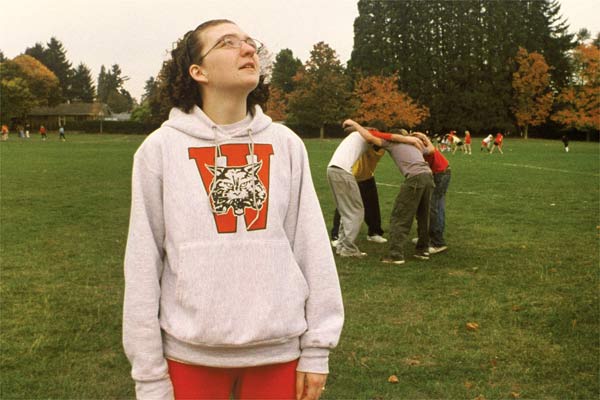 |
| Michelle, a nerdy girl |
19-35-35%5D.JPG) |
| Nathan, the popular football player |
 |
| Eric and Alex, the two killers |
